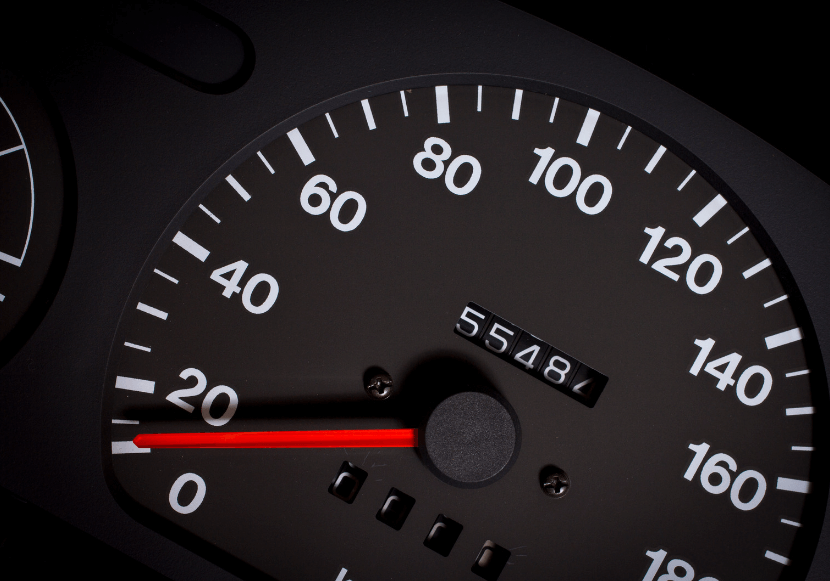
When your car battery has a discharge warning it usually indicates that your car battery is not charging as well as it should. This problem often occurs when the vehicle is parked but can also occur while driving. But if you don’t address it, it can lead to a dead battery, leaving you stranded.
So you must know the reasons why it happens and how you can solve it. If you read this post, you can know the common causes and how to easily fix Battery Discharge Warning.
Best 10 Reason Battery Discharge Warning
1. Power-hungry accessories
When devices such as air conditioners, lights, infotainment systems or charging ports are on, they can draw power from the battery, causing a discharge warning. This is especially true if the engine is off or idling. Especially when this problem occurs.
2. Defective battery
If the battery itself is old, weak or damaged, it will not hold a charge efficiently. This can be a battery discharge warning, so it happens even under normal usage conditions.
3. Alternative problems
The option charges the battery while driving. If it malfunctions, the battery may not receive enough charge, causing a discharge warning. One of the reasons for this happening.
4. Parasitic drain
Some devices draw power even when the car is off, such as anti-theft systems, dashcams or infotainment systems. If they are not managed well, they can be a constant battery drain.
5. Cold weather conditions
Cold temperatures can slow down chemical reactions within batteries, making it harder to deliver power and recharge effectively. Then it happened.
6. Frequent short trips
Short trips do not give the alternator enough time to fully recharge the battery after each start. Over time, this can lead to a partial discharge. And then this problem can happen.
7. Battery cable problem
Loose or corroded battery cables can prevent the battery from receiving a proper charge, triggering a discharge warning This is especially true for battery cable issues.
8. Defective voltage regulator
The voltage regulator controls the output of the alternator. If it malfunctions, the alternator can overcharge or undercharge the battery, causing erratic power supply and discharge warnings. So it happens due to faulty voltage.
9. Aging wiring or poor electrical connections
Worn wires or poor connections in the vehicle’s electrical system can cause resistance, leading to inefficient charging and battery drain. So presumably it is due to poor wiring or electrical connection.
10. SOFTWARE OR ELECTRICAL SYSTEM ERRORS
Modern vehicles have complex electronics and sometimes software issues or faults within the electrical system can trigger a false discharge warning. Another reason in particular is software or electrical system errors

Step 1: Turn off unnecessary electronics
Your job is to turn off all unnecessary electronics, such as the radio, AC, and phone chargers, especially when the car is off or idling.
If you turn off unnecessary electronics, reducing the load on the battery can help stop it from further discharging.
Step 2: Check battery health
Use a multimeter or take the car to an auto shop to check battery voltage and capacity. And check the health of your battery regularly.
Because batteries usually last between 3-5 years. A test can tell if the battery is old or weak, and if it can’t hold a charge it may need to be replaced. So it is very important to check battery health regularly.
Step 3: Inspect the alternator
You check the alternator. Many auto parts stores offer free alternator testing, or a mechanic can do it.
Because it helps you because the alternator recharges the battery while driving. If it is faulty, your battery will not recharge properly. So you need to check the alternator.
Step 4: Locate the parasitic drain
Disconnect unnecessary devices or accessories that may draw power, such as a dashcam, GPS, or aftermarket electronics. For a more thorough check, consult a mechanic who can test a parasitic drain.
If you do this, some devices continue to use power even when the car is off. Removing this can prevent slow battery drain.
Step 5: Keep the battery warm in cold weather
Park in a garage if possible. In extreme cold, consider a battery blanket or heat wrap to help maintain battery temperature.
Because cold weather can reduce battery performance and lead to faster discharge, keeping it warm helps retain a charge.
Step 6: Drive for long distances occasionally
Try to drive for long distances at times. Drive for a long time minimum (15-20 minutes) to allow the alternator to fully recharge the battery.
Because short trips can drain the battery without fully recharging. Longer drives will help the battery recover.
Step 7: Check the battery cables and connections
Inspect the battery terminals for corrosion. Clean them with a battery cleaning brush and tighten loose connections.
Corroded or loose connections can prevent the battery from charging efficiently. So check your battery cables and connections regularly.
Step 8: Inspect the voltage regulator
Have a mechanic check the voltage regulator, especially if you notice power fluctuations or dimming lights.
Specifically the voltage regulator controls the power output of the alternator. If faulty, it may not charge the battery properly. So you must do it.
Step 9: Reset the electrical system
You try disconnecting the battery for a few minutes, then reconnecting it. Some modern cars can benefit from a system reset, which can fix any temporary errors.
In newer vehicles, electrical or software faults can cause warnings to be falsely displayed A reset may clear them if they aren’t caused by a real problem.
Step 10: Seek professional help if needed
If the problem persists, take your vehicle to a certified mechanic or dealership for a thorough diagnostic test.
Because a constant discharge warning may indicate a serious electrical problem that requires professional expertise.
Final Thoughts
A battery discharge warning can be annoying, but with a bit of know-how, you can usually fix it yourself. Whether it’s reducing your car’s electrical load, checking for lights left on, or cleaning battery terminals, these steps can help you prevent and resolve battery discharge issues.
If you found this guide helpful, stay tuned for more tips on car maintenance! Have questions? Drop them in the comments below.


















